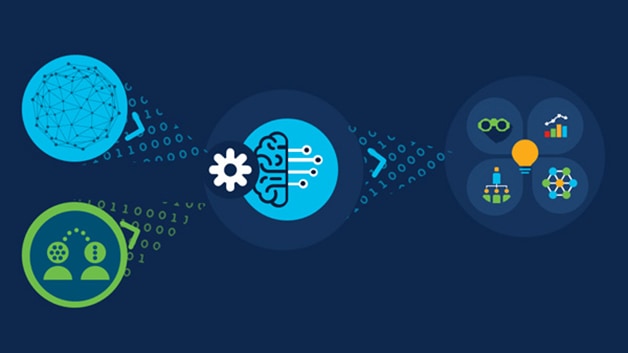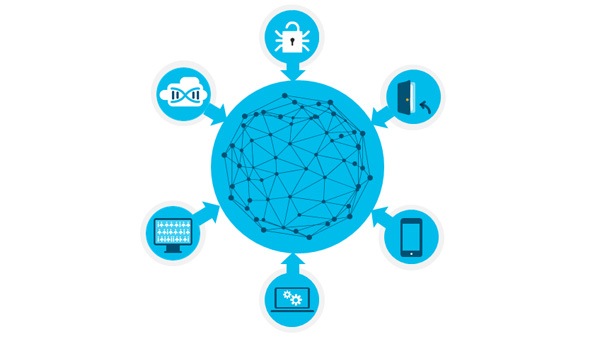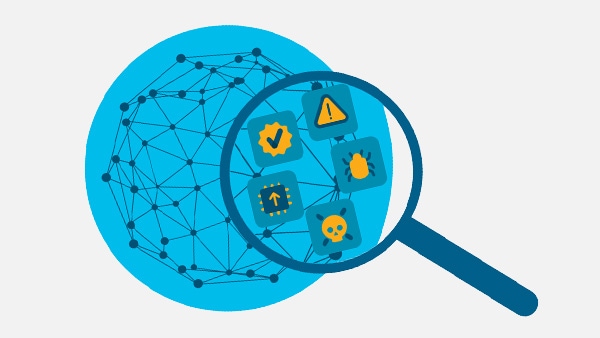Analytics engine
The analytics engine, the software program that analyzes data and makes decisions, collects data from around the network and performs the desired analysis. This type of data analytics may compare the current state with a model of optimal performance. Whenever the program identifies a deviation from optimal, it may suggest remediations or present its findings to a higher-level program or to the IT staff.
This type of data analytics engine may also scrutinize endpoint traffic to help identify the endpoint itself or endpoint traffic behavior that may signal malware infection.
Cloud versus local analytics
Networking engineers often debate whether network analytics should be performed remotely, in the cloud, or locally, at the customer premises.
Placing the analytics engine in the cloud offers access to much more processing power, scale, and communication with other networks. Cloud-hosted analytics also benefits from up-to-the-minute algorithms and crowdsourced data. Placing the analytics engine on-premises offers better insights and remediation performance, and it reduces the amount of data required to backhaul to the cloud. Both of those advantages are particularly important in larger enterprise networks.
Should you use cloud or local analytics? The answer is, both. ML and machine reasoning (MR) modules can be placed in the cloud to benefit from larger computing resources. But having the analytics engine on site can offer large gains in performance and save big on WAN costs.
Correlation
The analytics engine considers the relationship among variables in the network before offering insights or remediation. The correlation among devices, applications, and services can mean that correcting one problem can lead to problems elsewhere. While correlation greatly increases the number of variables in the decision tree and adds complexity to the system, it's essential so that all variables can be evaluated for accurate decisions.
Decision trees
Most analytics engines offer guidance on performance improvement through decision trees. When an analytics engine receives network data indicating subpar performance, the decision tree calculates the best network-device adjustment or reconfiguration to improve performance of that parameter.
The decision tree grows based on the number of sources for streaming telemetry and the number of options for optimizing performance in each point. Because of the complexity of processing these very large data sets in real time, analytics was previously performed only on supercomputers.
Insight
The analytics engine spots network anomalies, faults, and performance degradations by comparing the incoming streaming telemetry with a model of optimal network performance for each data source. That process produces insights into ways network performance and user experience can be improved.


